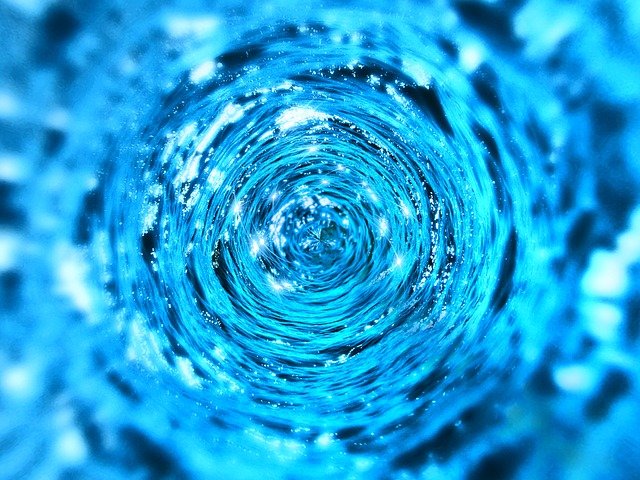
Quantum tunneling or tunneling is the quantum mechanical phenomenon where a wavefunction can propagate through a potential barrier.
😊Quantum tunneling is not predicted by the laws of classical mechanics where surmounting a potential barrier requires potential energy.
😊 Quantum tunneling falls under the area of quantum mechanics: the learning of what happens at the quantum scale.
😊Some authors also identify the mere penetration of the wavefunction into the barrier, without transmission on the other side as a tunneling effect.
😊The transmission through the barrier can be finite and depends exponentially on the barrier height and barrier width.
😊Tunneling may be explained in terms of the Heisenberg uncertainty principle in a quantum object can be familiar as a wave or as a particle in general.
😊Quantum tunneling plays an essential role in physical phenomena, such as nuclear fusion.
😊It has applications in the tunnel diode, quantum computing, and in the scanning tunneling microscope.
😊Tunneling occurs with barriers of thickness around 1–3 nm and smaller.
😊The wavefunction does not disappear on one side and reappear on the other side.
😊Its acceptance as a general physical phenomenon came mid-century.
😊The wavefunction and its first derivative are continuous.
😊The effect was predicted in the early 20th century.
😊In steady-state, the probability flux in the forward direction is spatially uniform.
😊No particle or wave is lost.
Source:
[1] Wikipedia Contributors. “Quantum Tunnelling.” Wikipedia, Wikimedia Foundation, 5 Nov. 2020, en.wikipedia.org/wiki/Quantum_tunnelling. Accessed 7 Nov. 2020.
[2] jingoba. “Water Aqua Tunnel – Free Photo on Pixabay.” Pixabay.com, 16 June 2014, pixabay.com/photos/water-aqua-tunnel-liquid-366586/. Accessed 7 Nov. 2020.